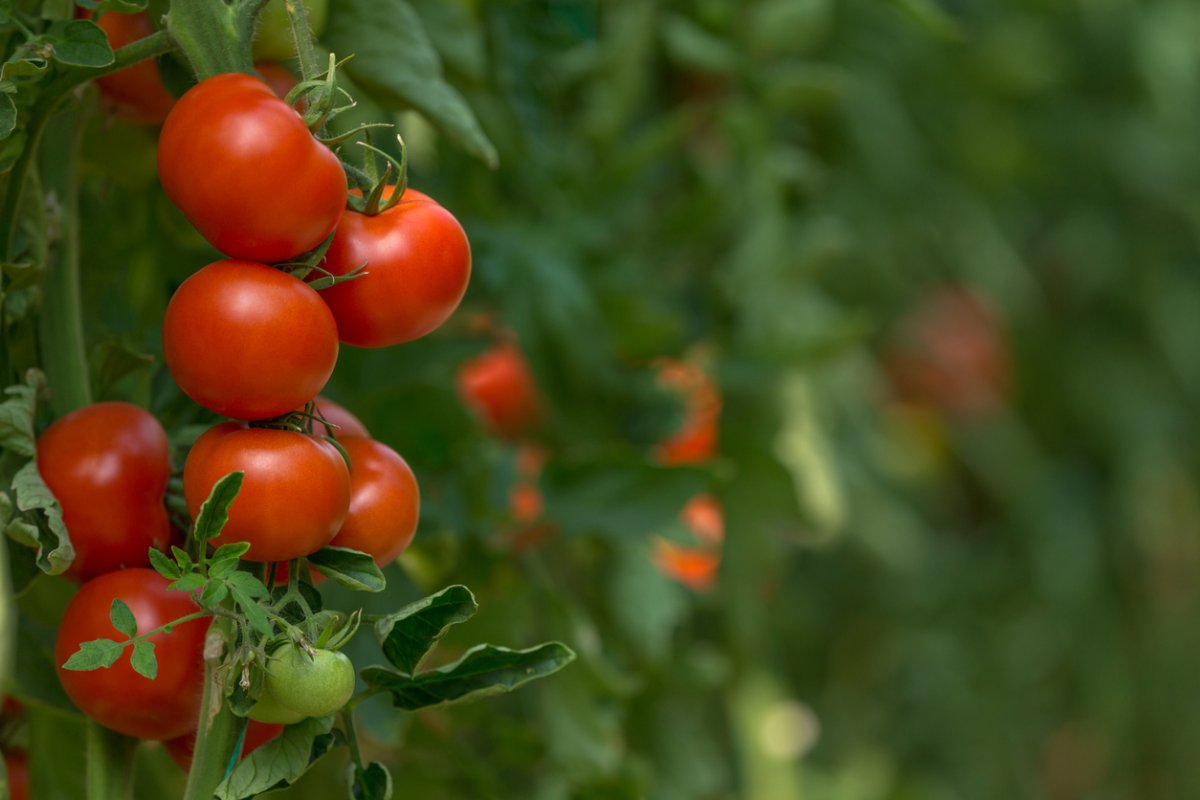If we can clone sheep, we can learn how to clone vegetables. At least, that’s my unofficial stance on the matter, since I have no idea how to clone a sheep. Besides, I have no great desire to clone a sheep.
No matter. I do know how to clone vegetables, and it’s actually pretty easy. If you’ve grown herbs from cuttings, it’s the same thing. Alternatively, if you aren’t familiar with the process, once you know how to clone vegetables, you’ll also know how to clone herbs!
Before we get into the weeds here, cloning a vegetable isn’t quite the same as cloning a sheep. We aren’t going to be extracting DNA or removing the nucleus from cells or anything complicated like that. We don’t even need any special equipment; a sharp pair of scissors or garden shears will suffice. Ready to get started?
Discover 7 top tips for growing, harvesting, and enjoying tomatoes from your home garden—when you access the FREE guide The Best Way to Grow Tomatoes, right now!
What is cloning: the abbreviated version
It’s never a bad idea to review. Plus, it gives me a chance to refresh my biology knowledge!
In typical cases of plant reproduction, the pollen from a flower fertilizes another flower to produce fruits. A lot of vegetables can self-fertilize, meaning they don’t need another plant to grow fruit.
For example, you only need one tomato plant or one squash plant to produce fruit. The seeds and resulting plants are a mixture of the DNA from parent plants, and each generation may have slightly different characteristics.
Cloning, on the other hand, gives you an exact duplicate of the parent, since it is literally the same DNA. Cloning is a type of asexual reproduction, and it’s very common in the fruit and vegetable world.
The clone is produced from a cutting or root shoots. You probably know this more commonly as propagation, but it’s the same thing. Your favorite apple is a clone. Bartlett pears are clones. That spider plant hanging in your window is most likely a clone.
And in case you’re wondering, cloning is very different than a hybrid or GMO vegetable. So then, how do you clone your favorite veggies?
How to clone vegetables the easy way
The nice thing here is that you don’t really need to know the science to understand how to clone vegetables. And like I mentioned above, you also don’t need any special equipment. As long as you have a clean, sharp pair of garden shears or scissors and a bowl or glass of water, you can clone your favorite vegetables.
Perhaps the easiest way to approach this is to look at a few different types of vegetables, so you can get an overview of cloning them.
Tomatoes! Yup! You can clone everyone’s favorite garden vegetable. Simply cut off a 6 to 8-inch long sucker (a small shoot or leaves that pop up along the stem). Remove the lower leaves if there are any and immerse the bottom in water in a glass jar. Keep it in a warm, sunny spot. Then, once it develops roots, you can transplant it to the garden. Just treat it like a seedling and give it time to harden off and adjust.
You can clone other vine-type vegetables the same way. Eggplant, cucumbers, and even peppers are amenable to propagation.
Leafy greens and stalk-type vegetables are slightly different, though just as easy. With these vegetables, such as head lettuce, celery, leeks, or bok choi, you’ll need the base to clone your plant.
Aside from that, it’s exactly the same process as before. You just set the base in a shallow bowl of water, and once roots grow, you can move it to the soil.
That’s all there is to it. It doesn’t get much easier than that!
Have you grown vegetables through cloning? How did it turn out?
Discover 7 top tips for growing, harvesting, and enjoying tomatoes from your home garden—when you access the FREE guide The Best Way to Grow Tomatoes, right now!

4 replies on “How to Clone Vegetables from Cuttings”
Can hybrid veggies be cloned?
Absolutely – give it a try and let us know how it turns out.
We had a devastating storm last night taking out many of the gardens in our area, and probably many farms too. A week or so the same thing happened about 6 hours away. Cloning healthy plants will save our people a lot of money, and bring joy and hope back to many people as well.
I’ve been looking at all the traditional veggies looking for ways to share healthy plants. Several squash do well with layering. I hope others pop in with more ideas on how to help communities like ours bounce back without breaking the bank.
I will be shopping for clone-worthy produce next trip to the grocery store. Can’t wait to clone a tomato plant and also pollinate the blossoms!